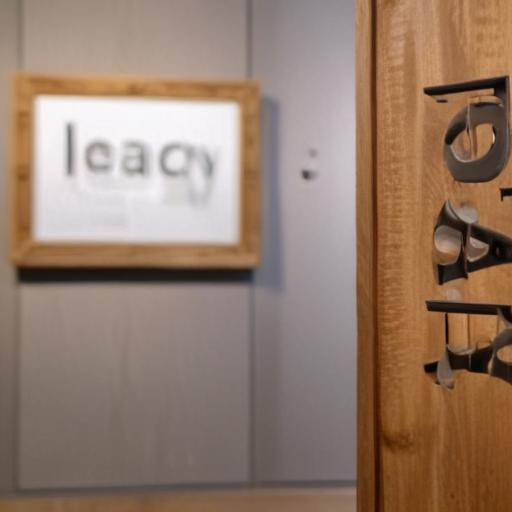Recently, the Smithsonian’s National Museum of American History made the decision to remove a board from its exhibit on the American presidency that referenced the two impeachments of former President Donald Trump. This removal, confirmed in a statement by the Smithsonian Institution, was part of a review process focusing on the museum’s “legacy content.”
Earlier this year, Trump issued an executive order aimed at influencing discussions within the Smithsonian, potentially affecting how contentious historical topics, such as racism and his own presidential actions, are presented. The exhibit, which had not been updated since 2008, previously included details about the impeachments of notable presidents, including Andrew Johnson and Bill Clinton, as well as the impeachment process leading to Richard Nixon’s resignation.
Donald Trump holds the unique distinction of being the only U.S. president to have been impeached twice, first in 2019 for allegedly soliciting foreign interference in the 2020 presidential election and again in 2021 for inciting the Capitol insurrection. Both impeachment trials resulted in acquittals by the Senate.
In 2021, the Smithsonian temporarily added a board titled “Case under redesign (history happens*)” that addressed these impeachments. The board outlined key events, including Trump’s initial impeachment for abuse of power and obstruction of Congress and the subsequent charges of incitement of insurrection during the January 6 events.
The Smithsonian clarified that the temporary board was meant to reflect ongoing historical developments, but the museum acknowledged that updating a significant permanent gallery like The American Presidency requires considerable time and funding. They noted that future versions of the exhibit will include all impeachments, although no specific timeline for these updates has been provided.
Trump’s executive order and actions emphasize his desire to influence American cultural and artistic narratives, including his attempts to reshape institutions like the Kennedy Center and sports organizations. This continual interplay between political legacies and public institutions underscores the evolving nature of American history discussions, where differing perspectives often clash.
As society moves forward, it’s essential to critically engage with historical narratives to reflect the full scope of American experiences and governance, ensuring that even controversial precepts are part of the collective memory.
